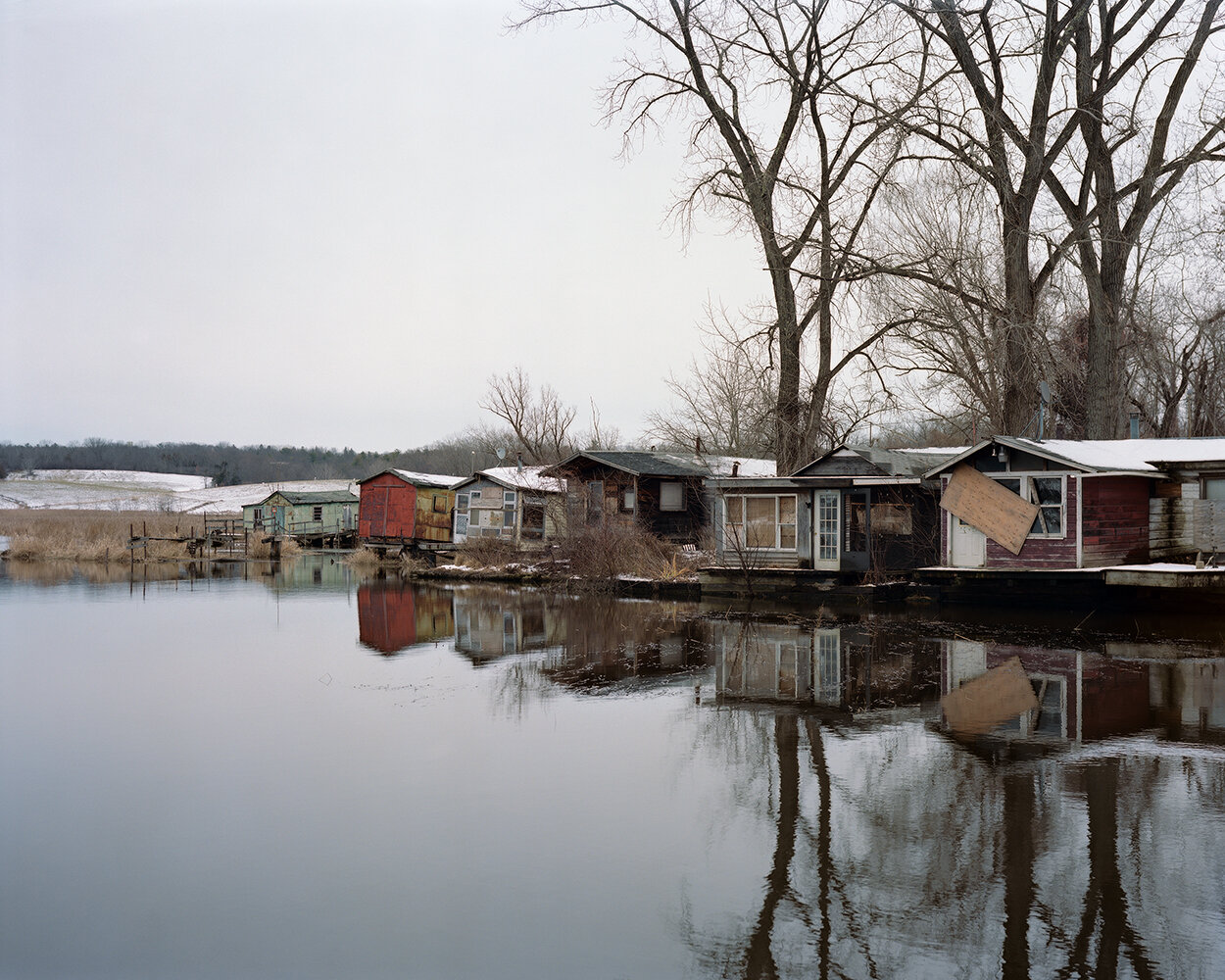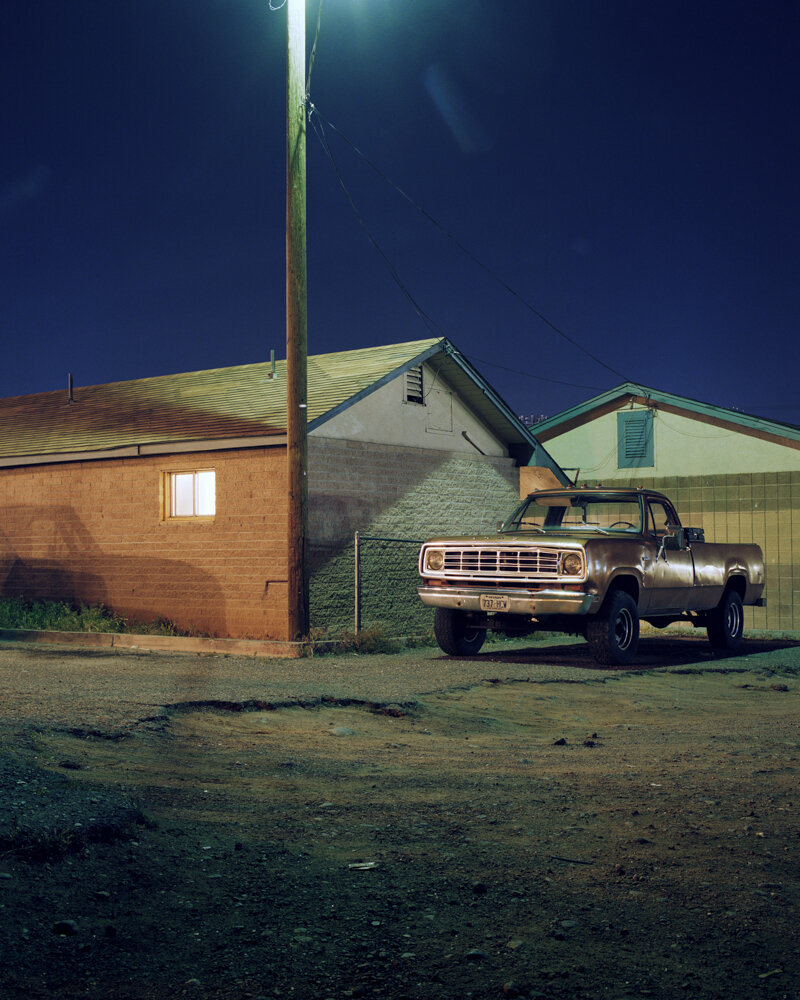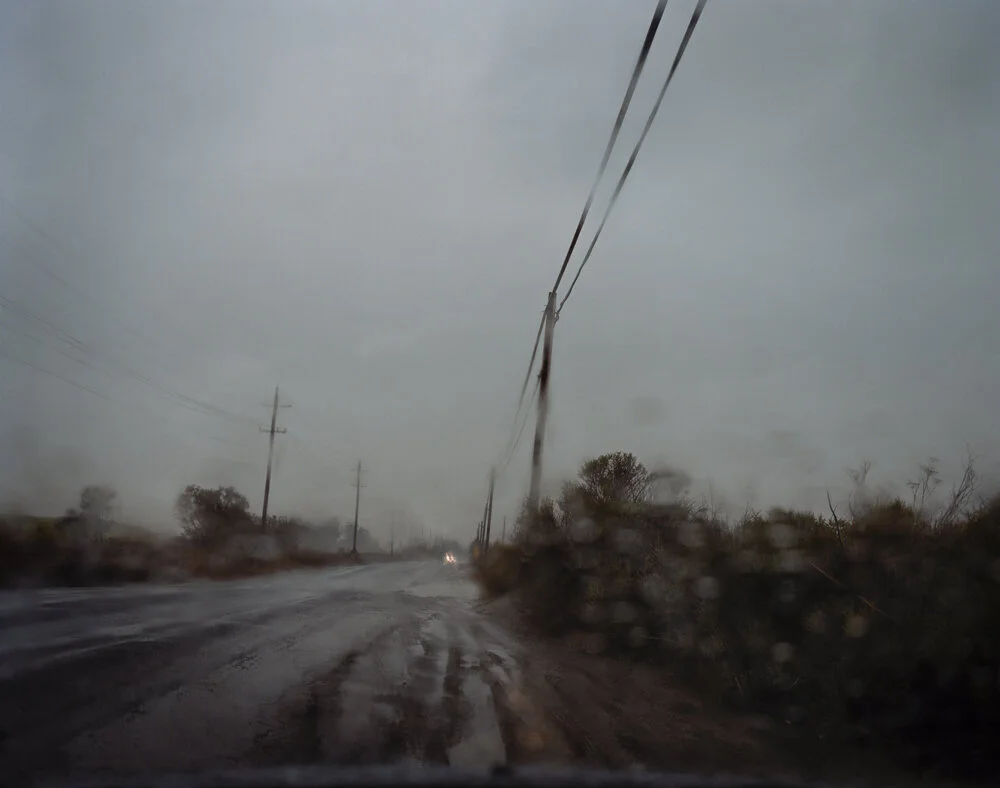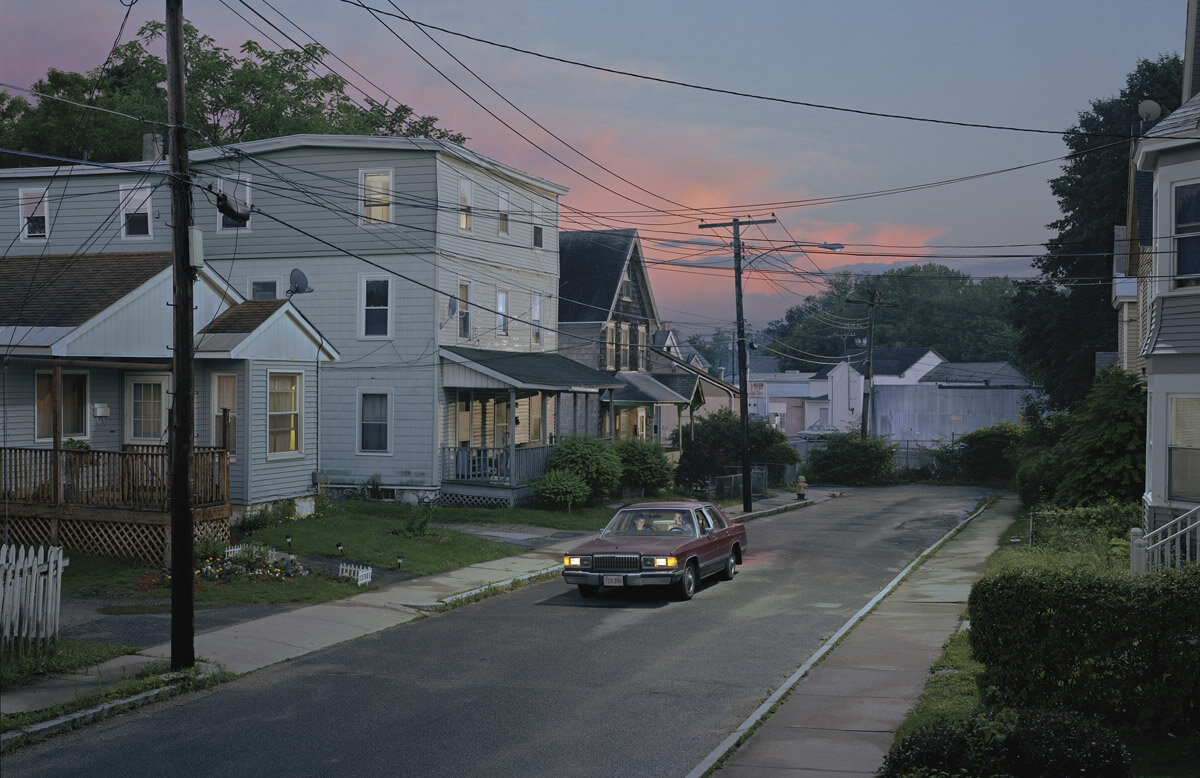Rural America: Photography as Cultural Narrative
By CJ Dansdill
It appears to be a pastime of a substantial number of professional and amateur artists to explore vacant buildings, forgotten roads, and supposedly haunted areas in search of photographic subjects. Rural, sparsely populated towns with insular communities are also subjects of popular interest for photographers. 97% of the United States’ land is classified as rural, and the dwindling populations that inhabit these areas have significant health and wealth disparities compared to more densely settled towns and cities. Rural towns often lack economically viable futures, as communities continue to shrink and local industries become obsolete. The culture is thus notably different.
© Tema Stauffer. Brown Dodge, Castleton, New York, 2016.
“It was the function of photography in the twentieth century to turn a cold eye on the pastoral imagery of ruins and to make concrete and visible the entropic narrative of industrial civilization, compelling us to contemplate ruins as the detritus left behind in the headlong, at times reckless, rush to the future that otherwise drives our culture.”
Much of the photography that employs Arcadian scenes of non-metro communities and dilapidated, sparsely populated townships share somber, lonely tones that evoke the ominous, arcane ambience of the American Gothic. To engage with one’s landscape in this way is a means to employ and practice the art of seeing. Buildings have always collapsed and nature has always grown over neglected structures. Populations dissipate and communities diminish. The landscapes and modern ruins that are left behind are byproducts of social and economic change, cohorts growing old and dying off, the slow decline of industries, and the abandonment of formerly activated space. The fascination with capturing scenes of the pastoral or abandoned corners of our environment is rooted in the discussion and observation of entropy, or the natural and gradual decline of things into disorder. Empty gas stations, desolate roads, and ramshackle roadside pictures are popular spectacles for a nostalgic and observant collector of American scenery.
© Tema Stauffer. Gas Station, Michigan, 2000.
© Tema Stauffer. Winter Gas Station, Minnesota, 2003.
Photographer Tema Stauffer has explored various regions of the midwestern and southern United States and collected a rich documentation of the local textures there over the course of many years. She has made poignant observations of the Hudson River Valley in New York in her most recent series, Upstate. The area is still thick with rolling farmland, undeveloped barn, dappled countryside, and crumbling shore line shanties, which provide a vivid and striking landscape of the agrarian northeast.
© Tema Stauffer. Furgary Shacks, Hudson, New York. Winter 2016.
““I was drawn to the beauty of the landscape combined with imprint of American industrial and agricultural history left on settings throughout this region. Some of these photographs reveal a haunted or melancholic atmosphere that permeates the Hudson Valley, where the past remains deeply resonant.””
© Tema Stauffer. River's Edge, Hudson, New York, 2017.
Partiality to space and place is a recognizable human sentiment that is useful for art, whether the art is representational or conceptual. San Francisco based artist Todd Hido grew up in a newly-built suburban housing development while in Ohio during the 1970’s. During this wave of suburban development, farmland was converted into residential neighborhoods, and the rural areas in between shrank considerably. His series Homes At Night is comprised of luminous shots of houses and barns after nightfall, often with a single window lit up, the scene radiated by an eerie blast from a street light. He also shot a collection of blurred, rain-drenched country roads whose compositions evoke tones and sound characteristic of the wide open space of rural country side.
© Todd Hido
“I have been able to find places in the West, particularly eastern Washington, that are still sleepy, under developed towns that don’t have any big box stores or Home Depots anywhere near them. When I visit those places, I feel like I have found a photographic surrogate for where I come from.”
© Todd Hido. #9197, from Landscapes.
© Todd Hido #7557, from Landscapes.
Writer and photographer Jon Horvath of Wisconsin takes pictures that deal with the art of wandering. He has explored and photographed areas of the American Midwest, specifically in a narrative project titled This Is Bliss. With a population of 300, Bliss is a remote town in Idaho that has experienced a slow economic decline since the installation of Interstate 84 in 1956, which redirected vehicular traffic away from Bliss. Horvath came across Bliss by chance and was charmed by the local characters he met there. The result of this happenstance is a photo-narrative collection of the wavering township, the aim of which is to offer contradiction to romanticized ideals of the American West and present a certain reality that may have been abstracted by popular culture.
© Jon Horvath, Amber Inn. from This Is Bliss.
© Jon Horvath. Stray. from This Is Bliss.
““The discovery of this project involved the recognition that communities such as Bliss, while perhaps sleepy on the surface and small in population, have narratives that run very deeply. It just takes a little bit of work to access them. These histories are rich, complex, and essential for understanding the last two hundred years of American Idealism and its complicated nature.””
© Jon Horvath. Bicycle. From This Is Bliss, 2013.
© Jon Horvath. Eldon. From This Is Bliss, 2013.
Detritus, and its varied forms and textures, is artistically significant because it represents a concept as well as it presents a mood. The romanticization of decay and remoteness, or the interest in destruction as a form of creation, is a powerful sentiment that engages onlookers in a reminder of life’s impermanence and elicits a shared nostalgia for what once was. Some professional photographers who use rural or abandoned places as material for their visions consider the work as not just art, but activism. Photojournalist Seph Lawless is recognized globally for his striking and hauntingly vivid photographs of abandoned structures.
© Seph Lawless. from Haunted Houses. 2016.
© Seph Lawless. from Haunted Houses. 2016.
The ghostly or forlorn motifs and moods that permeate these zones of rural America leave much to the imagination, and thus pose rich material for storytelling and fantastic visualizations that can be brought to life by art. Who are the people who reside in the dilapidated or sparsely populated communities, and what goes on behind these closed doors? In remote regions where ephemeral structures and idiosyncrasies from days long past remain, incredible artistic musings and explorations can manifest.
© Gregory Crewdson. Untitled, 2006. Digital pigment print, 58 ½ x 89 ½ inches. Courtesy Gagosian.
Noted photographer Gregory Crewdson has been exhibited widely in the United States. Though the settings of his photographs are largely recognizable realms - northeastern countrysides and street light studded suburbs - his style of capture is bathed in a haunting and cinematic tone that elicits a feeling of desolation and disquiet similar to some Edward Hopper paintings or the films of David Lynch. The dreamlike light and tone is a choice not just about demonstrating allure and beauty, but mystery and remoteness, always with a psychoanalytic nuance. Crewdson uses small town America to exhibit scenes of the ordinary in hypnagogic light. His misty, sometimes sinister scenes offer a darker, more ominous lens on rural and suburban America. Time slows down in the quiet of the suburbs, loneliness hovers, and the private interiors of pastoral life evoke enigmatic scenarios. The inscrutability of the happenings of human life in rural zones versus urban ones is significant, and Crewdson successfully exemplifies this ominous theme in his work.
© Gregory Crewdson. Untitled, 2001-2002. Digital C-print, 48 x 60 inches. Courtesy Gagosian.
The beauty of rural ruins, or of the slow devolution of lands once deemed to have endless opportunity, is that it is a decay that is not directly caused by man, but left by him - a byproduct of civilization’s transience and limited purpose. Photography of this subject documents a specific symptom of human society. Civilized areas that now lie empty and overgrown fuel the imagination and prompt reflection. In the contemporary age of now, artists like Gregory Crewdson, Jon Horvath, Todd Hido, Seph Lawless, and Tema Stauffer continue to document and illustrate this anthropological and historic process. The aim of the continued practice of rural exploration and photography is to demonstrate ecological awareness, conduct nostalgia, and reclaim the decay of industrial civilization for aesthetic purpose.
























